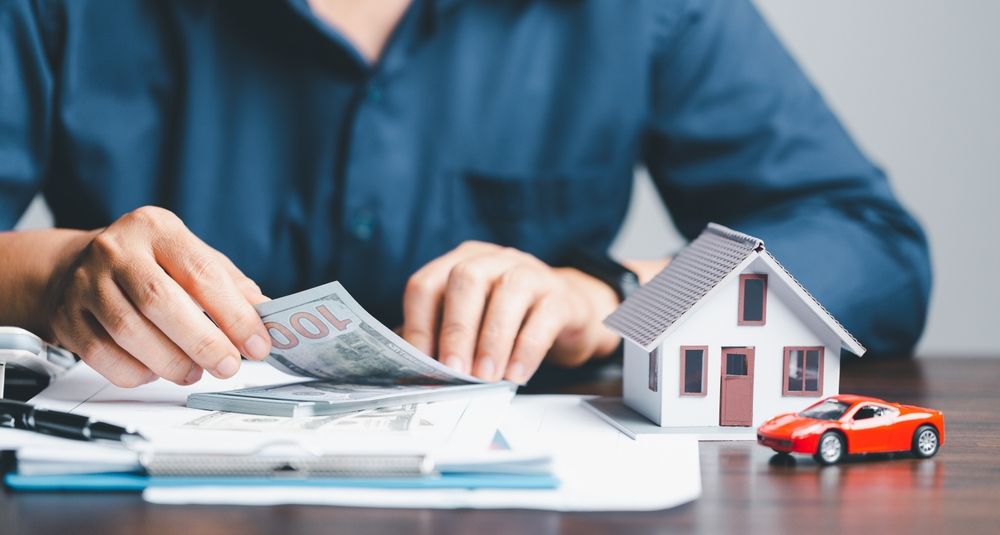
Purchasing a home is one of the most significant financial and emotional decisions you will ever make. It’s a place where you’ll create memories, build a future, and perhaps start a family. It’s also a complex process filled with countless details that can seem overwhelming at times. To help you navigate through this exciting journey, we’ve put together a comprehensive home buying checklist to ensure you know what to look for when purchasing a property. Keep this guide handy, and you’ll be ready to make an informed and confident decision.
Location, Location, Location
The old real estate adage “location, location, location” still holds true today. The area in which you buy can often have a more significant impact on your home’s future value than the actual characteristics of the property itself. But what should you consider when evaluating a location?
First, think about your lifestyle and how a neighborhood can support it. Are you looking for a quiet suburban street, a bustling urban environment, or something in between? Look at the proximity to amenities such as grocery stores, hospitals, parks, and entertainment options. Don’t forget to consider the commute to work and the quality of local schools if you have or are planning to have children.
Furthermore, it’s essential to research the area’s crime rates and speak to potential neighbors to get a sense of the community’s safety and social atmosphere. Also, consider the locale’s potential for growth and development, which could affect both your quality of life and the resale value of the home.
Structural Integrity and Layout
When you step into a potential new home, it’s easy to get caught up in envisioning your decor and lifestyle fitting into the space. However, it’s crucial to focus on the structural integrity of the house. This includes the foundation, walls, floors, roof, and ceilings. Look for any signs of damage, such as cracks, water stains, or bowing, which could indicate serious underlying issues.
Assessing the layout of the home is equally important. Does the flow of the rooms make sense for your needs? Are there enough bedrooms and bathrooms? Is there potential to modify the layout in the future if your needs change? Remember, while cosmetic changes are relatively easy to make, altering the structure or layout can be costly and complicated.
It’s always wise to hire a professional home inspector to give you an in-depth look at the home’s condition. They can identify hidden problems and give you an idea of potential future maintenance or repair needs.
Energy Efficiency and Utilities
In today’s world, energy efficiency is not only environmentally responsible but also cost-effective. When touring homes, look for features that can reduce your carbon footprint and utility bills. These features may include double-paned windows, quality insulation, energy-efficient appliances, and modern HVAC systems. Ask for copies of past utility bills to get a sense of what you can expect to pay each month.
Don’t overlook the age and condition of the home’s critical systems, such as plumbing, electrical, and heating/cooling. Upgrading these systems can be expensive, so factor these potential costs into your decision. If the property has alternative energy sources like solar panels, understand how they work and what benefits they may offer.
Outdoor Space and Curb Appeal
The exterior of a home is just as important as the interior. Curb appeal doesn’t just influence first impressions; it can also affect the property’s resale value. Look for well-maintained landscaping, a sturdy roof, and quality siding. If there’s a garden, consider how much work it will require to maintain and whether you’re up for the task.
Outdoor living spaces, such as decks, patios, and porches, can significantly enhance your enjoyment of a home. They offer additional space for entertaining, relaxation, and enjoyment of the outdoors. Consider the size, privacy, and orientation of these areas – a south-facing garden will get more sunlight, for example.
If the property includes additional structures like a garage, shed, or pool, evaluate their condition and consider the maintenance they will require. Also, examine the property’s drainage and look for any potential issues with standing water or erosion.
Future Growth and Resale Value
Finally, it’s essential to think about the future when purchasing a home. Even if you’re not planning to sell anytime soon, it’s wise to consider the property’s potential resale value. Look for homes in areas with growing job markets, developing infrastructure, and increasing demand for housing.
Consider the home’s potential for upgrades and improvements that could increase its value over time. Is there space to add an extra bedroom or bathroom? Could the basement be finished to create more living space? Even small enhancements can make a big difference when it comes time to sell.
Keep an eye on the local real estate market trends and speak with a knowledgeable real estate agent to get a sense of what features are most desirable in the area. By choosing a home with solid long-term prospects, you’re not just buying a place to live; you’re making a smart investment in your future.
Buying a home is a multifaceted process that requires careful consideration of many factors. By using this checklist as a guide, you can approach the home buying journey with confidence and clarity. Remember to take your time, do your due diligence, and never hesitate to ask questions or seek professional advice. With the right preparation and mindset, you’ll find a property that meets your needs, fits your budget, and provides a happy home for years to come.
